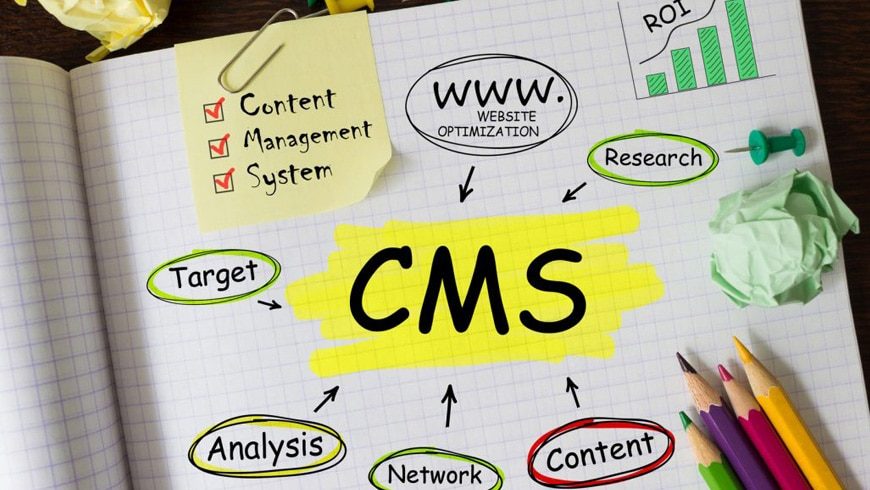Techssocial | If you are planning to venture into a content-related project in 2019, it remains no doubt that you will face a struggle in choosing the best one from too many choices in the technology. You will be in dilemma of whether to continue with the previous CMS or to plunge into the complex process of choosing a brand new one? This post aims to help techies like you to navigate through the options as well as to make the best decision to get satisfying results.
Process with a Gap Analysis
It feels that there are some already existing Content Management System in place. So, it is imperative to start with the fact where to reach and whether it is possible to reach there on the basis of the existing CMS. Consider asking certain questions and try answering them all.
- Does the architecture of the existing CMS fit the technology vision?
- Whether you want to publish content only on the website or on multiple channels?
- Whether to use a cloud-native solution or to stay on-premise?
- Does the present CMS offer with the agility to meet the goals?
In case the gap is too wide or extensive, or it feels that CMS holds the firm back in taking strategic initiatives, it’s high time to add a new CMS to the stack of technology.
Choosing Multi-CMS Approach Might Cause Content Related Chaos
Most of the companies already have an enterprise-level CMS at their disposal. It plays an important role in supporting big strategic projects. But at the same time, it might also get intimidating for small projects and when the marketing team opts for launching a new campaign in a jiffy.
In such situations, using two different types of projects might work well, but it is possible only when there is proper governance for content along with security practices. Experts recommend that using a centralized approach to content management along with a proper strategy has got its value.
Hybrid CMS Address the Requirements of a Developer
Even if businesses start recognizing the headless approach as a better option, it does not suggest that they need to abandon the existing CMS. Instances are there where most of the traditional CMS vendors have enhanced their web solutions with application program interface layers (API) that seem identical with the headless approach.
Now, this also offers some technical perks of pure headless CMS like the ability to use the current front-end frameworks. It is also important to keep in mind that adding an API to the venture would not make a CMS full-proof for Omnichannel and it might cause limitations to the hybrid model.
Having assistance from the industry like getting answers to the queries through the WordPress community website would be an effective measure to deal with the problems and to choose the best CMS for the project.
Technology Alone Should Not be the Only Decisive Factor
The most common reason that leads to the failure of CMS installation is that the decisions entirely depend on the technology as well as a feature set. And when editors start using them, they find it difficult to fit their requirements.
The best way to deal with this problem is to create a sample project and then conduct a usability test. This will help project supervisors to ensure whether the CMS would serve the purpose or not.
